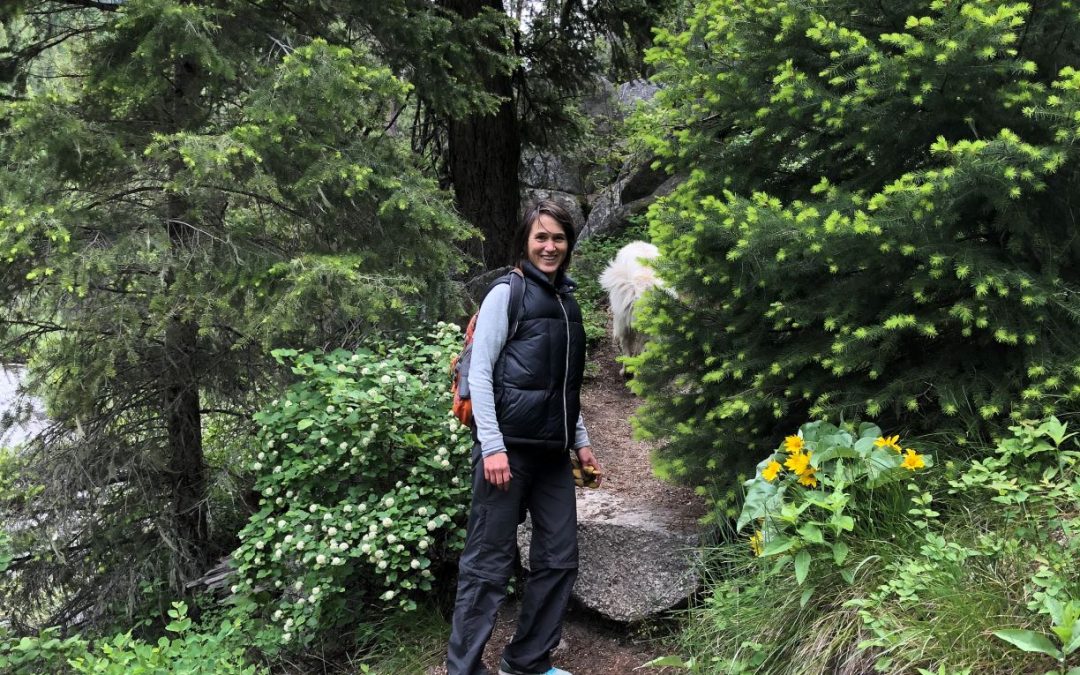How much variety of movement do your feet and body get? What sort of surface do you usually walk over? If you’re like me, you usually walk on flat, even surfaces in your shoes.
This last weekend I got out for a nice hike in Rock Creek. My feet and body got a delicious serving of varied movement that they don’t get in my daily life. A little bit of up, a little bit of down, and plenty of uneven surfaces.
This kind of varied movement is essential for the health of not only the muscles and joints of our feet and legs, but also the muscles and joints of our whole body.
I usually talk about the influence of the head and spine on the rest of the body. Lately I’m learning more about the biomechanics of feet and how they influence our health. Becoming more mindful about how I use my feet contributes to better postural support, balance and a more powerful running stride and step climb.
As we age, we tend to move less, when in reality we should be moving more. Our feet and other body parts lose mobility not because of aging, as the myth tells us, but because of lack of use.
Do you know how many movements your ankle is capable of? Six! They are dorsiflexion (toes up), plantarflexión (pointing your toes), eversion (roling the sole of your foot outward), inversion (rolling the sole inward), rotating your foot inward (internal rotation) and rotating it outward (lateral rotation). But how many of these do we usually use?
When we only walk on flat, even ground, we’re missing out on all the other movements our feet are designed to do, and that means your legs and pelvis are not getting all the range of movements that they should get either. So it´s not unusual that we experience all kinds of foot, knee and hip problems. We’re limiting the movement that our feet need to be healthy. Naturally, there are a lot of other factors, and changes to our gait brought about by immobilizing due to an injury can exacerbate joint and muscle problems. But walking all the time on flat, even ground (in shoes, no less) is setting ourselves up for a repetitive strain injury.
I encourage you to get out and walk on different surfaces. If you feel uncertain in your footing, take it a little bit at a time at first. Add walking outdoors on dirt, on grass, up and down slight inclines. Gradually start adding more movement of your ankles to get them back “online.” Take advantage of the nice weather to free your feet from the confines of their shoes. And as you walk, notice where your head is and remind yourself to let your head balance on top of your spine. That way your feet and legs will be getting a more appropriate load that helps them to build the strength that they need to keep you upright easily.
Wishing you variety of movement,
Mari
DiscoverEase in Movement


Recent Comments